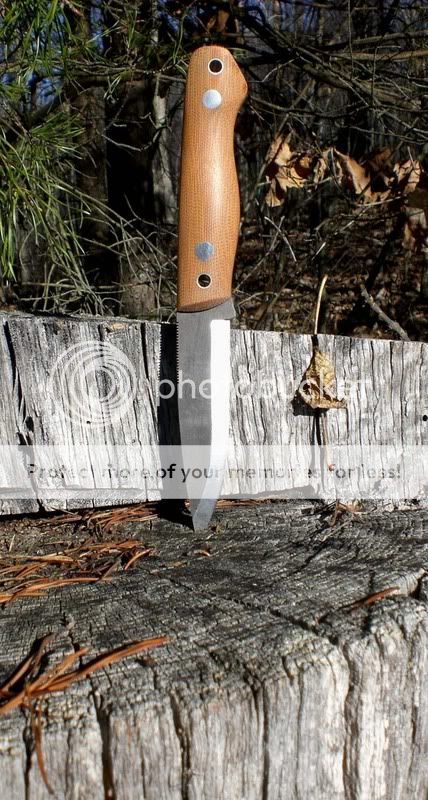- Joined
- Sep 22, 2003
- Messages
- 13,182
Y'all probably remember on one of my night hikes I spied this dogbane:

Then on a later snowy hike I harvested some:

Well I read up and finally decided to try making some cordage last night.
The directions were a little vague. I'll try to give tips I figured out from trial and error and maybe somebody who really knows about this stuff could give ME some tips
First you peel the outer bark off and most of the fiber comes off with it.

In my experience you want to try to go slow and pull as long of a bark strip off as you can to start off. You can sort of twist in shorter sections along the way.
So this is a crappy pic but this is the outside of the strip. You have to scrape the red bark off which is thin to get the fiber only. I used my thumbnail. Caution scrape easy cause although the fibers are really strong they are so thin at this point you can break them in the scraping process.

You can see even after you peel it off there are still fibers on the stem. I found you could pull these off and twist them together and incorporate them into the strand.

Here's what the stuff looks like after you peel the outer bark off before you twist it onto the strand. You can see you get a lot more long fiber than if you just pull the individual fibers off the stalk

So once you've pulled off some long strips, stripped the outer bark and twisted them together and knotted it at one end you start twisting more strips onto the cord. Thing you want to do is start at the one end and work your way down so it is fairly even diameter. Also TWIST IN THE SAME DIRECTIN always. If you mess up it makes it looks crappy. Also twist close together.

Here's the cord.

Here's it with a thicker one I made last night and used on my knife. I didn't have the hang of getting the outer bark off as well on this one but it is super strong. I put a little wax on my fingers when I did the final twist on this one so the fibers would lay down better. Today's neater thinner cord is there beside it.

Conclusion: Not that hard. I was amazed how tough a cord this made when you are layering difft peices in along as you go:thumbup:

Then on a later snowy hike I harvested some:

Well I read up and finally decided to try making some cordage last night.
The directions were a little vague. I'll try to give tips I figured out from trial and error and maybe somebody who really knows about this stuff could give ME some tips
First you peel the outer bark off and most of the fiber comes off with it.

In my experience you want to try to go slow and pull as long of a bark strip off as you can to start off. You can sort of twist in shorter sections along the way.
So this is a crappy pic but this is the outside of the strip. You have to scrape the red bark off which is thin to get the fiber only. I used my thumbnail. Caution scrape easy cause although the fibers are really strong they are so thin at this point you can break them in the scraping process.

You can see even after you peel it off there are still fibers on the stem. I found you could pull these off and twist them together and incorporate them into the strand.

Here's what the stuff looks like after you peel the outer bark off before you twist it onto the strand. You can see you get a lot more long fiber than if you just pull the individual fibers off the stalk

So once you've pulled off some long strips, stripped the outer bark and twisted them together and knotted it at one end you start twisting more strips onto the cord. Thing you want to do is start at the one end and work your way down so it is fairly even diameter. Also TWIST IN THE SAME DIRECTIN always. If you mess up it makes it looks crappy. Also twist close together.

Here's the cord.

Here's it with a thicker one I made last night and used on my knife. I didn't have the hang of getting the outer bark off as well on this one but it is super strong. I put a little wax on my fingers when I did the final twist on this one so the fibers would lay down better. Today's neater thinner cord is there beside it.

Conclusion: Not that hard. I was amazed how tough a cord this made when you are layering difft peices in along as you go:thumbup:

